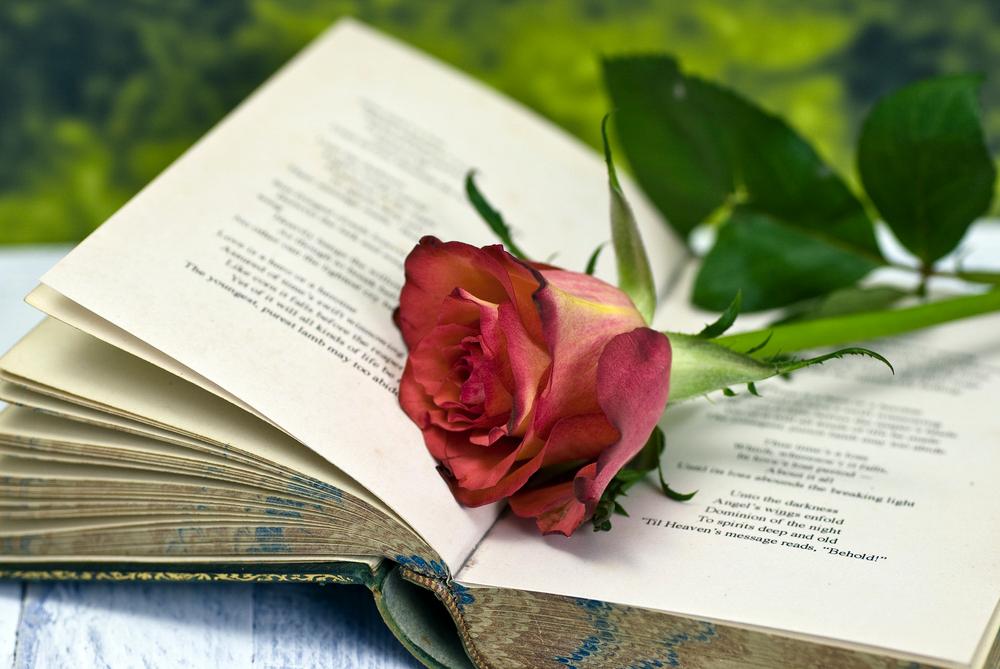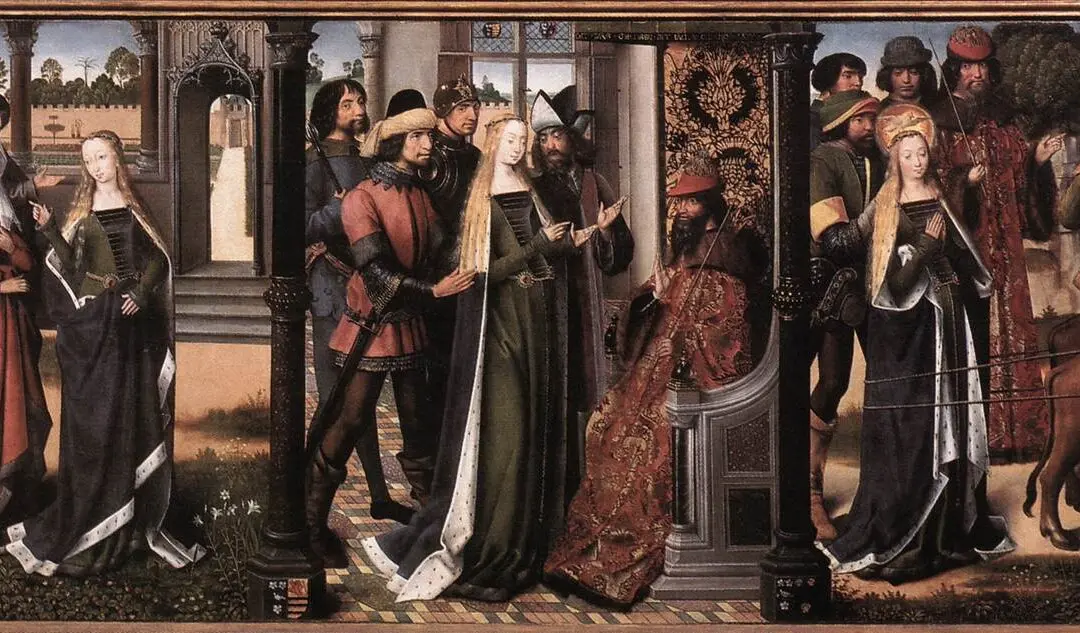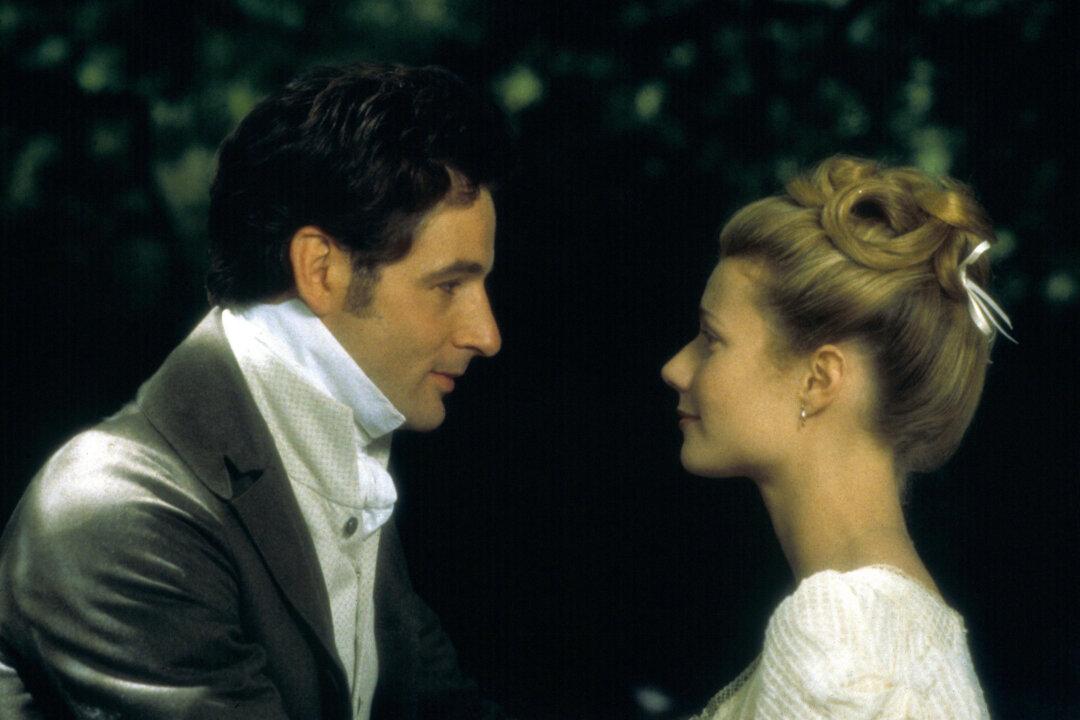O my luve’s like a red, red rose, That’s newly sprung in June; O my luve’s like the melodie That’s sweetly play’d in tune.
As fair are thou, my bonnie lass, So deep in luve am I; And I will luve thee still, my Dear, Till a’ the seas gang dry.
Till a’ the seas gang dry, my Dear, And the rocks melt wi’ the sun: I will luve thee still, my dear, While the sands o’ life shall run.
And fare thee weel, my only luve! And fare thee weel, a while! And I will come again, my luve, Tho’ it were ten thousand mile!
In honor of Burns Night on Jan. 25, I decided to revisit Robert Burns’s poem “A Red, Red Rose,” a 1794 love song written in Scots.Considered the national poet of Scotland, Burns (1759–1796) is perhaps best known for composing “Auld Lang Syne” and writing numerous songs and lyrics in Scots and English. However, as is the case with many of his other works, “A Red, Red Rose” isn’t composed of Burns’s original lyrics and imagery, but rather, as Burns wrote in a letter to Alexander Cunningham, is “a simple old Scots song which I had pickt up in this country.” In fact, many of its lines can be found in other traditional Scottish songs: “The Hornfair Garland” (composed before 1780) has lines similar to the third stanza of Burns’ song, and “The Two Constant Lovers” (circa 1690) shares the language of the fourth stanza.





